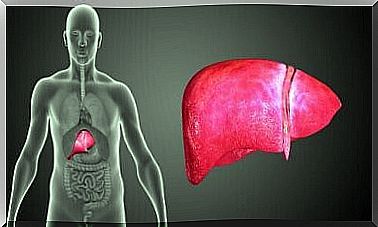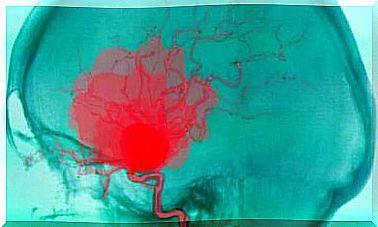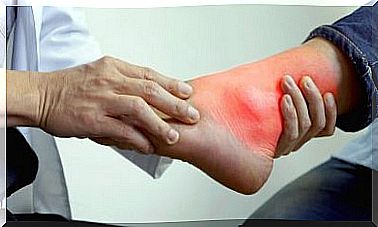Habits That Help Treat Osteoarthritis
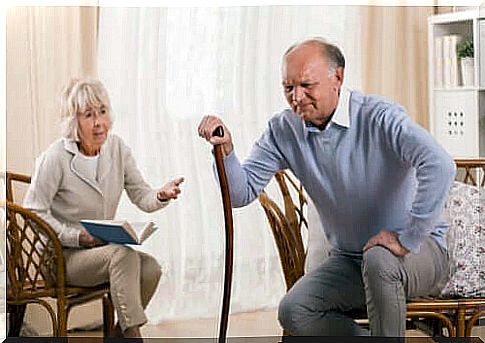
Osteoarthritis is a chronic disease that compromises joint health. It often affects people over the age of 60, but it can occur in adults of any age. Although there is no cure, some habits can prevent its progression.
Habits that help in the treatment of osteoarthritis
Osteoarthritis develops due to progressive joint damage. This deterioration can occur over time, either due to the aging process or due to injury. In any case, it triggers symptoms such as pain, stiffness and difficulty in performing movements.
It is a disease that, in general, produces a deterioration in the quality of life of the person who suffers it, although its level of severity can vary in each patient. Thus, the treatment of osteoarthritis aims to reduce the progression of the disease and control symptoms.
1. Exercise
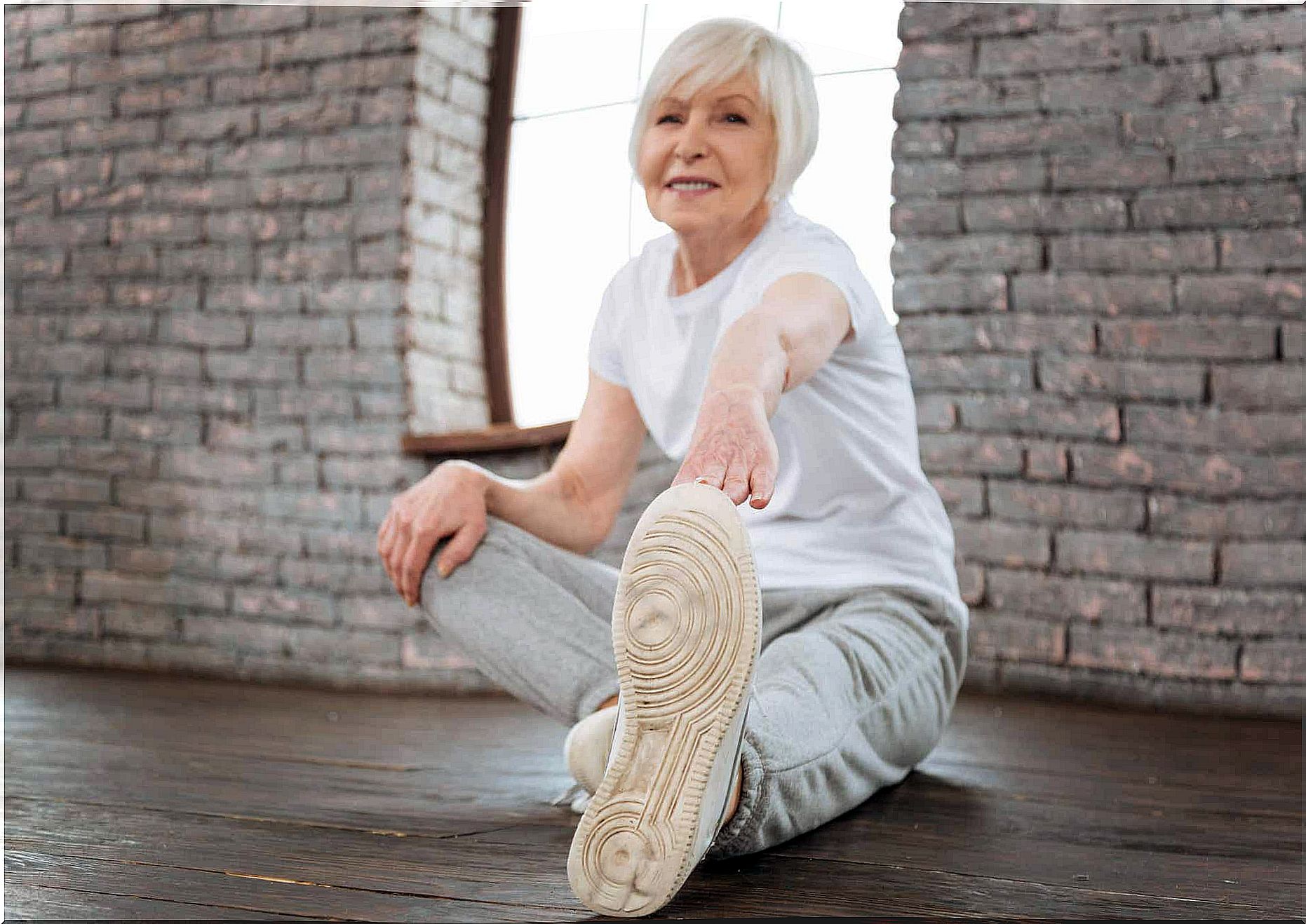
The pain that osteoarthritis produces reduces the ability to perform certain exercises. However, it is not recommended to become an inactive person.
A study published in the Journal of Exercise, Sports and Orthopedics confirms the benefits of physical activity. Among other advantages, regular low-impact physical exercise strengthens the muscles around the joints, which helps to prevent the complications of the disease.
Engaging in some physical activity for about 20 to 30 minutes a day helps to relieve stiffness and prevent pain flare-ups. You can engage in light activities such as walking, swimming, stretching, or doing yoga or tai chi sessions .
2. Losing weight helps to treat osteoarthritis
overweight and obesity are factors that can accelerate joint deterioration in patients with osteoarthritis.
A healthy weight reduces pressure on your joints, helping to control episodes of pain. Also, losing weight lowers the risk of suffering other health complications such as cardiovascular disease or metabolic syndrome.
3. Sleep well
Sometimes the pain caused by osteoarthritis affects the quality of sleep. Despite this, it is essential to try to sleep well on a daily basis, as a recent study published by the journal Metabolism suggests , rest is essential to reduce swelling and inflammation in the joints.
If you are having trouble sleeping, try to follow the following advice:
- Ensure a comfortable environment in your room.
- Avoid using your bedroom for work.
- Avoid using distracting devices such as computers, phones or tablets before going to sleep.
- Consume foods that promote sleep.
- Eat a healthy, low-calorie dinner.
- Take relaxing infusions such as passion fruit or valerian tea.
4. Take natural infusions

Medicinal infusions do not replace the pharmacological treatment prescribed by the physician. However, according to a study published in the journal Rheumatology , its consumption may be beneficial in the treatment of osteoarthritis. Some options recommended for their anti-inflammatory properties are as follows:
- : in
- :published in the Journal of Advanced Pharmaceutical Technology & Research in 2012
- :
5. Apply heat and cold
Heat and cold therapy can contribute to the treatment of osteoarthritis.
Heat contributes to the dilation of blood vessels, improving circulation. Thanks to this, the transport of nutrients to the affected tissues is facilitated. In addition, heat produces a calming effect that reduces stiffness.
Cold, in turn, constricts blood vessels and reduces swelling and pain. For this reason, it is a good option to complement the heat effect.
How to perform this therapy?
- To start with, apply heat with a hot water bottle or thermal pad. If you don’t have any of these options, moisten a towel with hot water (be careful not to burn yourself) and apply it for 20 minutes on the affected area.
- If you prefer to apply cold, wrap several ice cubes with a cloth or plastic bag and apply for 20 minutes.
Avoid applying ice directly to the skin as it can be harmful. When applying heat, make sure the temperature is bearable.
Final thoughts on osteoarthritis
Osteoarthritis is a chronic condition that can get worse without timely treatment. For this reason, it is essential to pay attention to symptoms and perform medical examinations when the disease is suspected.
The combination of medications and good habits makes the prognosis more positive.


